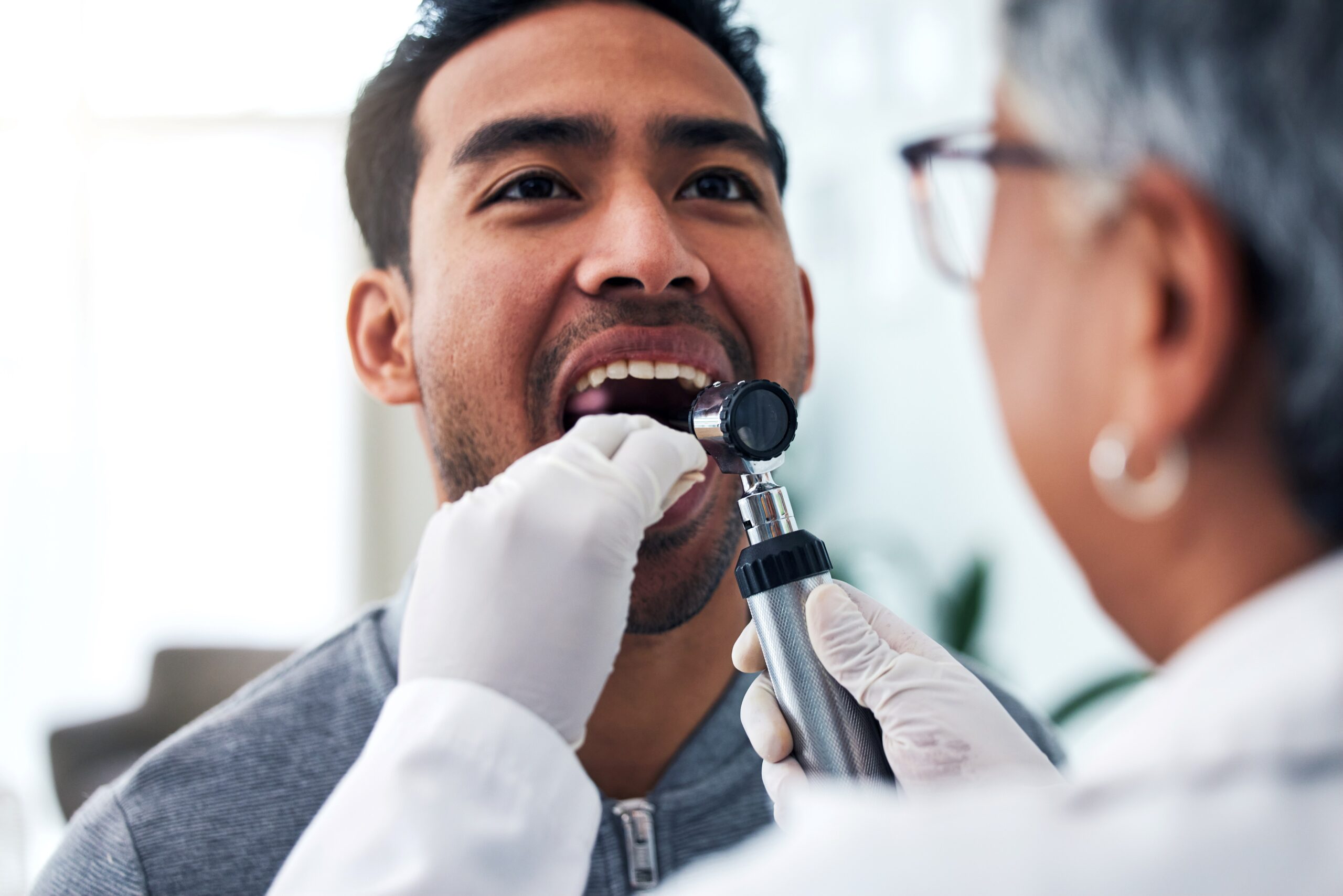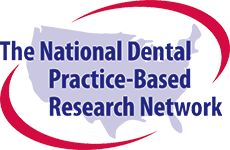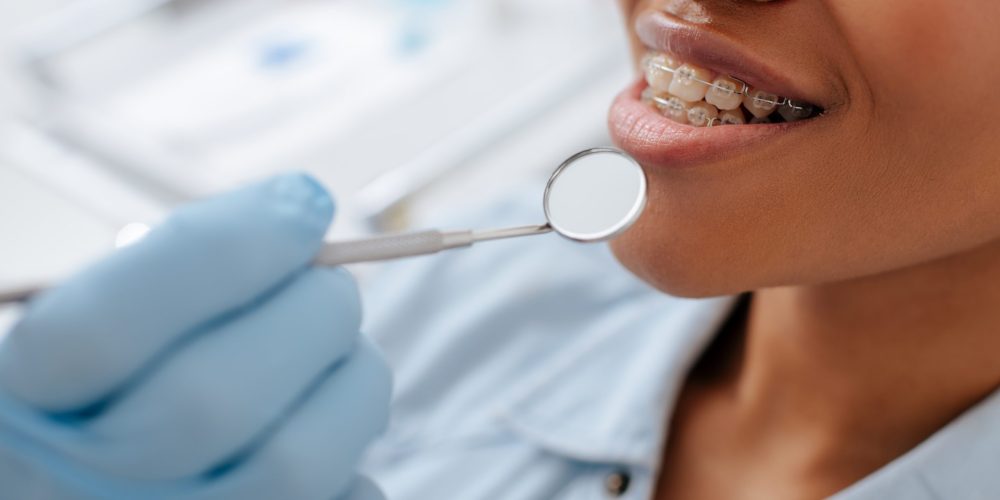Diagnostic Approaches to Oral Lesions: Insights from the National Dental PBRN

Authors: Psoter WJ, Kerr AR, Tomar SL, Psoter JA, Morse D, Aguilar ML, Kligman KD, Minyé HM, Burton VA, Meyerowitz C, and the National Dental PBRN Collaborative Group
Study PI: Dr. Walter Psoter
Periodic oral examinations are important for identifying early-stage cancers and premalignancies before they progress to invasive stages. The American Dental Association (ADA) has established clinical practice guidelines to assist dental professionals in evaluating and managing oral lesions, emphasizing visual and tactile examinations, risk factor assessment, and appropriate referral practices for potentially malignant disorders. A recent Network publication sheds light on the diagnostic approaches used by US general dental practitioners when they encounter oral lesions suspicious for malignancy or premalignancy.
Study Overview
The cross-sectional study, conducted between April and August 2017, involved approximately 1,000 US licensed general dental practitioners who were active members of the National Dental PBRN. Data were collected through an online questionnaire.
Key findings and their alignment with guidelines
- Referral Practices: 65.4% of general dental practitioners referred patients with suspicious lesions for consultation/biopsy, aligning with guidelines recommending specialist referral when necessary for definitive diagnosis.
- Specialist Preference: 87.2% of referrals were made to oral and maxillofacial surgeons, supporting the guideline’s emphasis on referring to specialists.
- Biopsy Performance: Only 22% of general dental practitioners reported personally performing biopsies on suspicious lesions. While guidelines emphasize the importance of obtaining biopsies for definitive diagnosis, they do not mandate that practitioners perform them personally.
- Referral Information: Most referrals included detailed information such as lesion location (87.0%), signs/symptoms (85.3%), and lesion history (83.9%), which aligns with guideline recommendations for comprehensive communication.
- Result Communication: When biopsies were performed, referring clinicians were informed via written reports in over 95% of cases, adhering to guidelines on follow-up and clear communication between healthcare providers.
Recommendations for Practice
The study reveals that, overall, general dental practitioners in the Network are adhering to many aspects of the ADA guidelines for oral cancer screening and management. Based on these findings and current guidelines, dental practitioners should consider:
- Enhancing Examination Skills: Develop a systematic approach to oral cancer screening.
- Knowing When to Refer: Recognize when specialist evaluation is needed and make prompt referrals.
- Providing Comprehensive Referrals: Include detailed information about the lesion, patient history, and relevant imaging.
- Considering Additional Training: General dental practitioners interested in performing biopsies may benefit from advanced education programs.
- Educating Patients: Inform patients about the importance of regular oral cancer screenings and early detection.
- Following Up Diligently: Ensure proper follow-up on suspicious lesions and maintain clear communication with specialists.
Conclusion
This study provides a snapshot of the current diagnostic actions taken by US general dental practitioners when faced with oral lesions suspicious for malignancy or premalignancy. By understanding these practices, dental professionals can better navigate the complexities of diagnosing and managing suspicious oral lesions, ultimately improving patient outcomes through early detection and appropriate referral pathways.
For more information, you can read the ADA oral cancer guideline here and you can access more articles on this study here.
Study protocol and other publications available on our website.
Interested in Becoming a Member?
References
Lingen MW, Abt E, Agrawal N, Chaturvedi AK, Cohen E, D’Souza G, Gurenlian J, Kalmar JR, Kerr AR, Lambert PM, Patton LL, Sollecito TP, Truelove E, Tampi MP, Urquhart O, Banfield L, Carrasco-Labra A. Evidence-based clinical practice guideline for the evaluation of potentially malignant disorders in the oral cavity: A report of the American Dental Association. J Am Dent Assoc. 2017 Oct;148(10):712-727.e10. doi: 10.1016/j.adaj.2017.07.032. PMID: 28958308. https://pubmed.ncbi.nlm.nih.gov/28958308/
Psoter WJ, Kerr AR, Tomar SL, Psoter JA, Morse DE, Aguilar ML, Kligman KD, Minyé HM, Burton VA, Meyerowitz C. Diagnostic approach used by US general dental practitioners following discovery of oral lesions suspicious for malignancy/premalignancy: findings from the National Dental Practice-Based Research Network. Quintessence Int. 2024 Sep 27;55(8):652-659. doi: 10.3290/j.qi.b5733611. PMID: 39229768. https://pubmed.ncbi.nlm.nih.gov/39229768/



